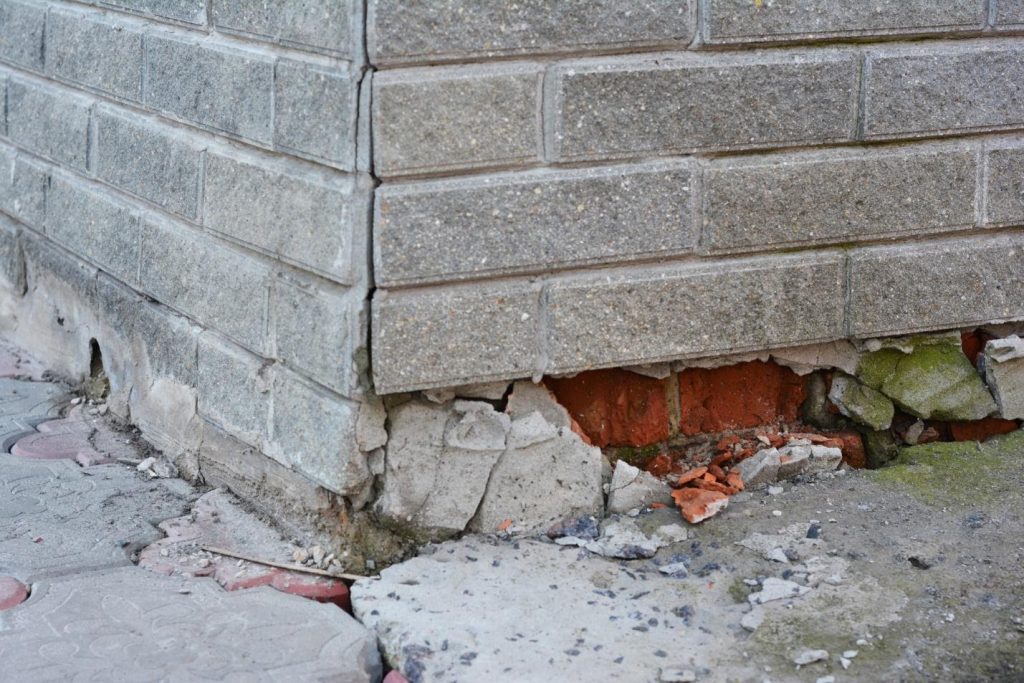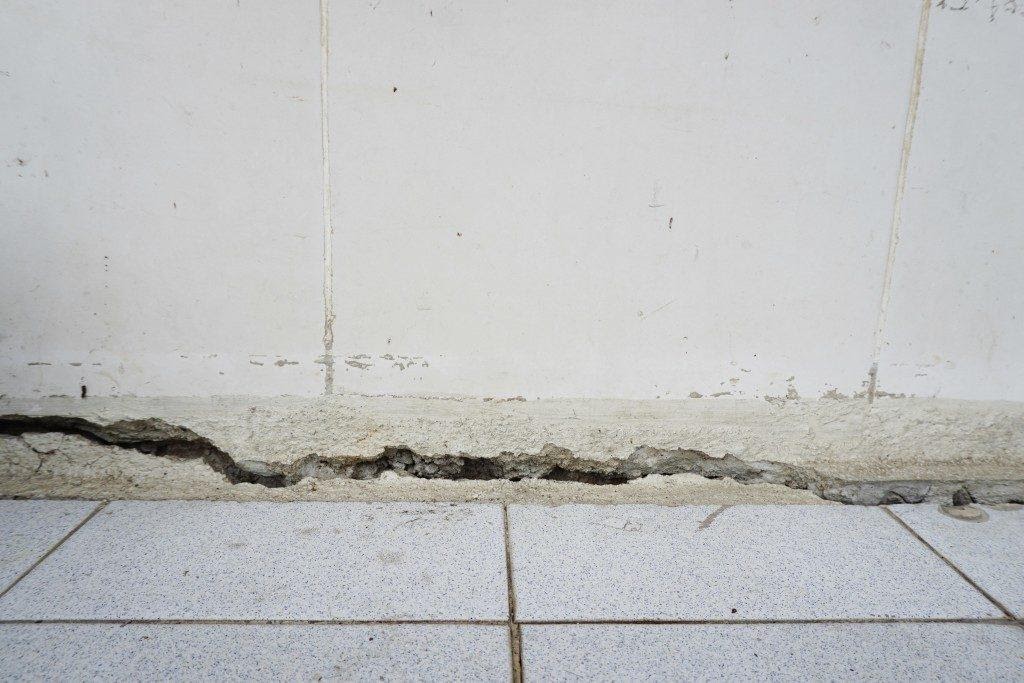
Your foundation walls can have a lot of problems if the soil around the base expands. However, the three factors below can determine the amount of pressure that your base wall can undergo:
- The particular type of land on your premises
- The amount of water in the ground, which can lead to what is called hydrostatic pressure
- How deep the foundation is?
Soil Swelling and the Foundation Problem
When the soil around your base expands, it can cause a lot of problems for your floor. The swelling is usually due to the swelling of clay minerals in the soil. The clay can absorb a lot of water, and this leads to its easy swelling.
The earth, however, shrinks if it loses water. Foundations are supposed to provide support for the land of the building above. An expanding soil can cause problems for the foundation and affect the house above it. You can check here for more issues that can affect your foundation.
Absorption of water is the cause of the swelling, as we have mentioned earlier. The swelling can be caused by water absorption. The cause of water absorption can be rainwater or wrongly passed water that fills the backfilling ground.
The swelling of the ground will cause the soil to compress the base from both sides. The type of pressure exerted by the expanded earth is called hydrostatic pressure.
Hydrostatic Pressure and its Problems
Water has a lot of weight and can generate pressure. When the pressure builds up in the soil, it can push upward against the foundation. The upward surging water will then locate weak points in the base to gain entrance into the home. The upward pressure exerted by water against the base is referred to as hydrostatic pressure.
The basement wall will start cracking, pushing inward, or bowing if the downward pressure is higher than what the crawl space walls or ground basement can bear.
As the water swelling of the ground increases, the hydrostatic pressure will continue to build up over time; the initially minimal cracks will widen and can lead to a complete wall failure, leading to buckling or shearing. It can result in a total collapse of the structure.
Steady or heavy rain can cause an increase in hydrostatic pressure, and this is proven to put the basement walls under a lot of stress. Aside from the rain, soil expansion factors in on the problem as well.
It can be the case if your home is built in an area that has clay. Clay absorbs water quickly and can expand, causing a lot of stress on the basement wall. One other cause of cracked or collapsed base walls is the quick thawing of water following the winter freeze.
Virgin Foundation Soil and Backfilled Ground

A virgin base is created when contractors dig out the virgin ground from the building site to make room for the basement. After completing the foundation, there will be spaces around the foundation, and the contractors will use the virgin foundation ground already dug out to refill those spaces around the foundation.
The sand used in filling the spaces around the foundation is called the backfilled earth. It means that the virgin foundation ground ends up being used as the backfilled soil. It is called the clay bowl effect since a clay bowl is removed from the bare earth to create a space for the foundation.
The backfilled earth cannot be a compact as the original virgin soil dug out of the ground. Even after refilling the spaces around the foundation, the land will remain permeable and will absorb water easily. Rainwater can, therefore, easily collect in the backfilled earth, and the water can exert pressure on the base wall.
How to Know if there is a Swelling Earth Problem
When hydrostatic pressure begins to affect your foundation wall, you will start seeing the signs all over the building. Some of the signs are highlighted below:
- Your basement walls and grounds will show cracks
- The floor of the building will become spongy or sloping
- Windows and doors in the building start sticking
- You will begin seeing caps at the side, top, or bottom of the doors
- Stucco or drywall cracks
- The roof may also sag
The Clay Connection
If the earth around your home is clay, you can rarely avoid this because clay absorbs water quickly. The backfill earth around the base is also not as solid as the virgin earth excavated from the building site for and basement. So, they absorb water readily and act as conduits for hydrostatic pressure to act.
Buildings in areas free from clay will rarely experience this problem. Places like North Dakota and South Dakota have a good amount of clay soil, and earth swelling can occur.
The southern part of Louisiana is also rich in clay soil. Since the problem is usually associated with clay soil deposit, it indicates that the absence of clay soil in an area can prevent earth swelling and its attendant adverse effect on foundation walls to a great extent.
Consequently, states like Wisconsin and Minnesota, and most parts of Florida are free from this problem to a great extent since the land is accessible in most regions from clay. You can check this link https://homeguides.sfgate.com/soil-types-for-building-13400833.html for more on the best soil structures for construction.
Conclusion
Clay soil is a culprit regarding earth swelling, and those having their homes in clay-rich earth areas are the usual victims. Some methods adopted to control the problem include replacing the backfill earth with pre-swollen earth and then injecting it with lime. However, this method has limited the desired effect.
The use of concrete has also been considered. Infilling the area around the base with concrete is, however, a rather costly alternative. Still, it may successfully prevent the swelling problem, thereby keeping your home safe from cracks and complete collapse.

